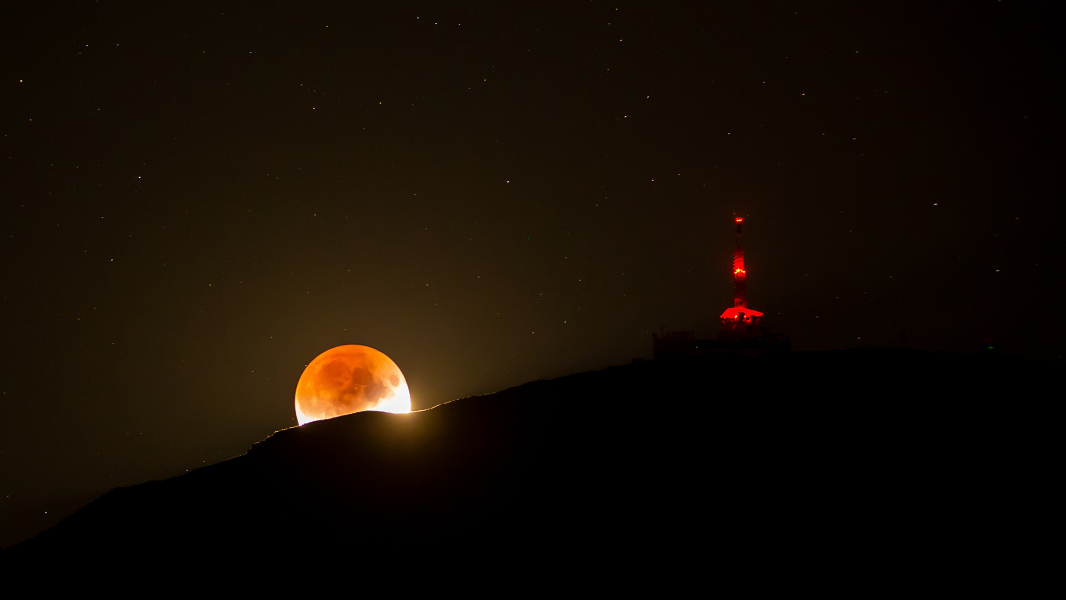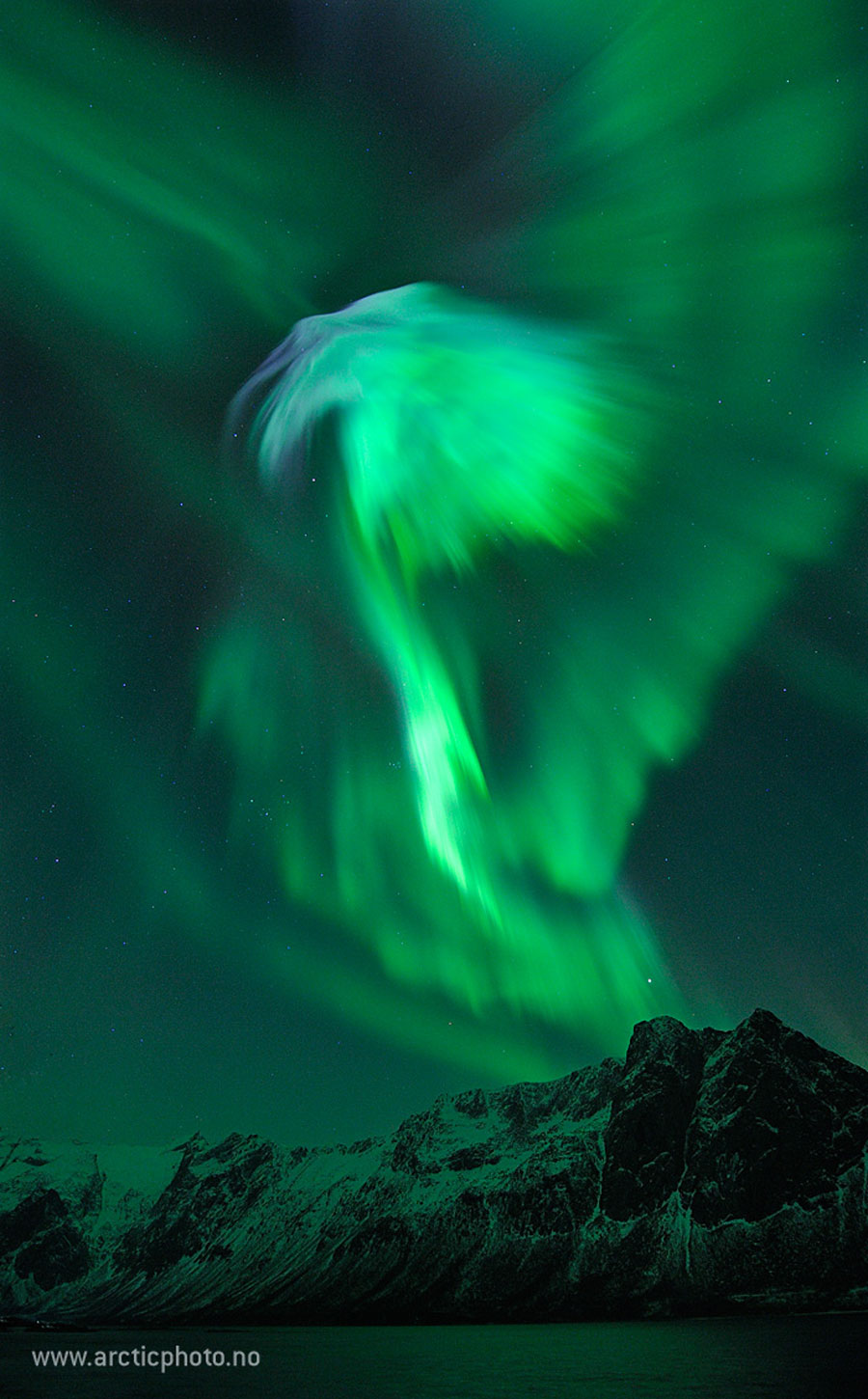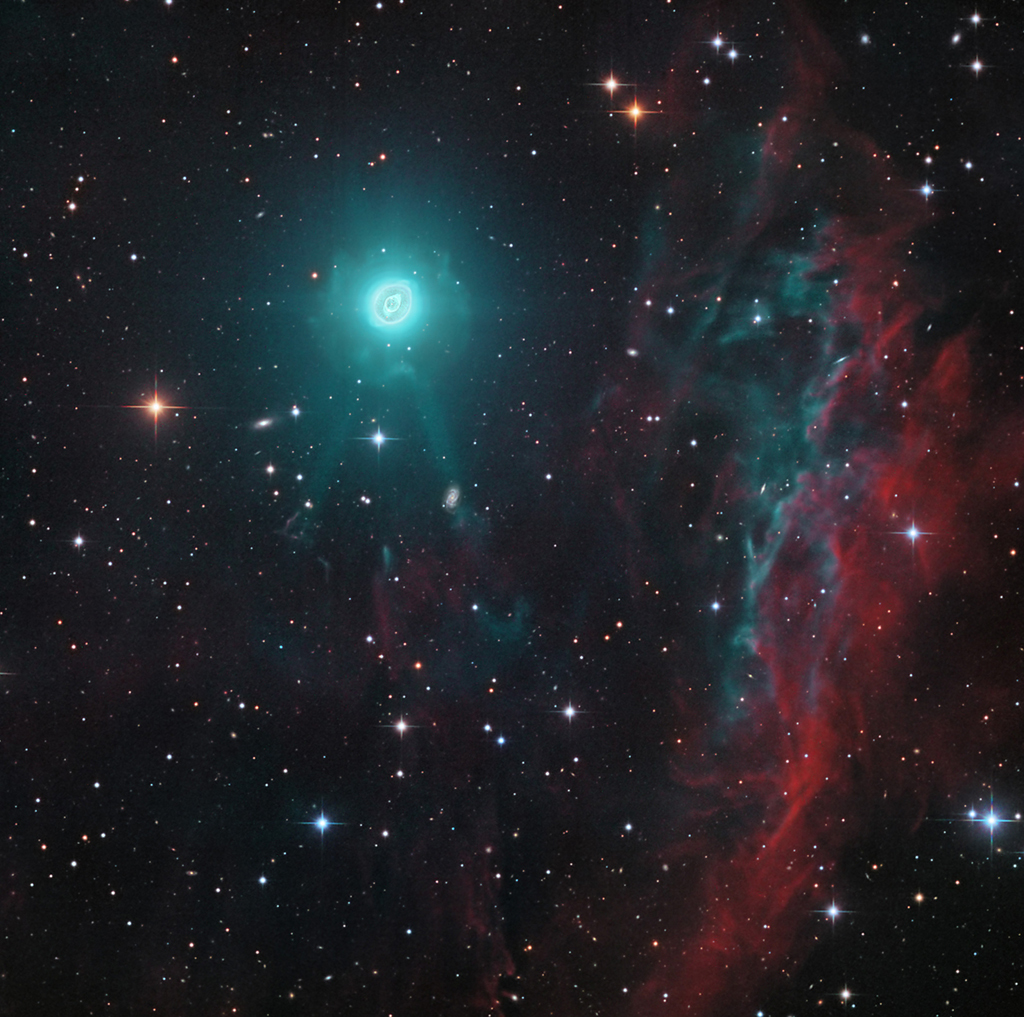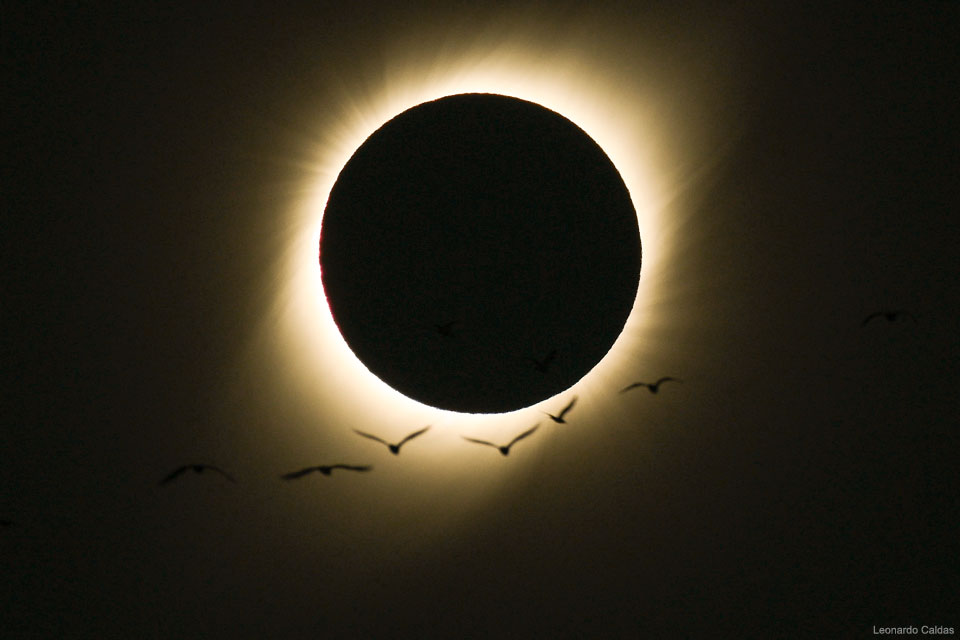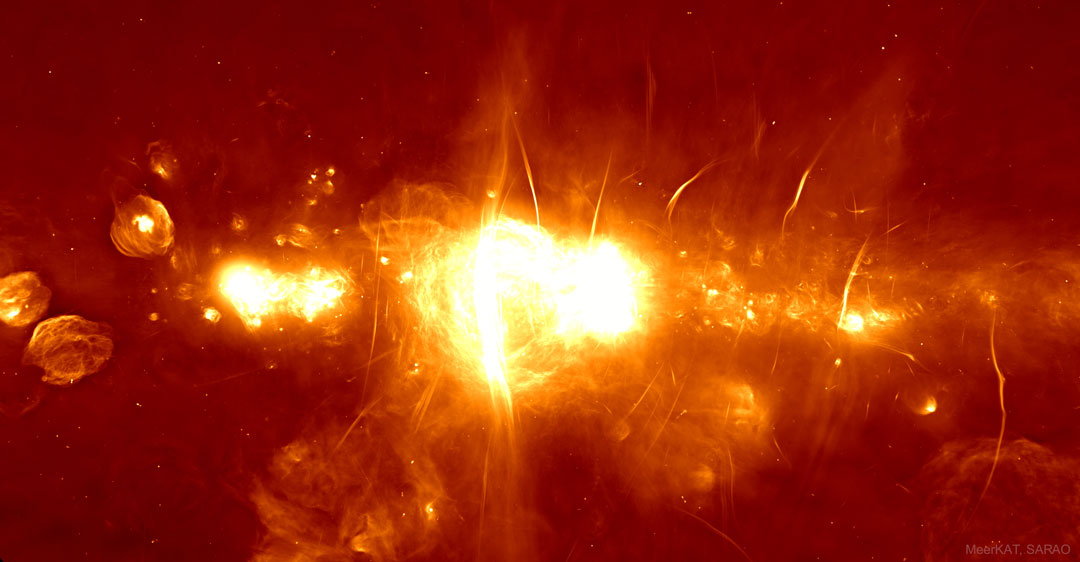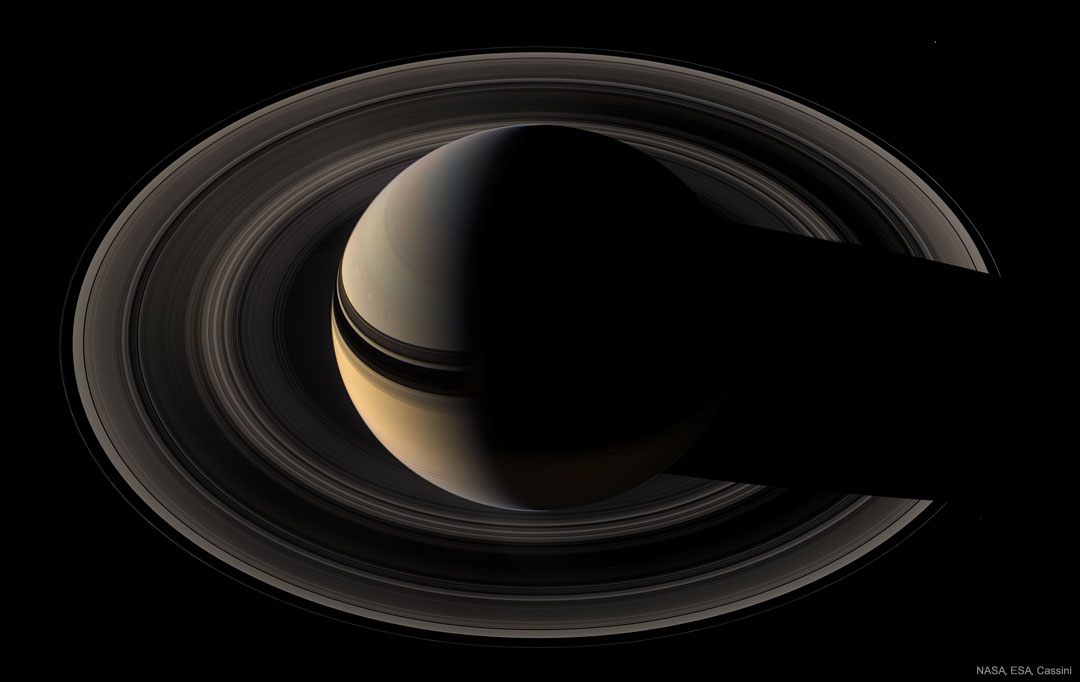
268 communes françaises sont concernées, dont de "grandes agglomérations" comme Orléans, Blois, Tours, Angers, Nantes, et 122 communes d'Ile-de-France.
L'association pour le contrôle de la radioactivité dans l'Ouest (ACO) tire la sonnette d'alarme. Elle a dénoncé ce mercredi une "contamination" radioactive de l'eau potable de 6,4 millions personnes en France.
"6,4 millions de personnes sont alimentées par de l'eau contaminée au tritium" selon "des données fournies par le ministère de la Santé", affirme le laboratoire basé à Hérouville-Saint-Clair, dans l'agglomération de Caen, dans un communiqué.
L'Express - France
